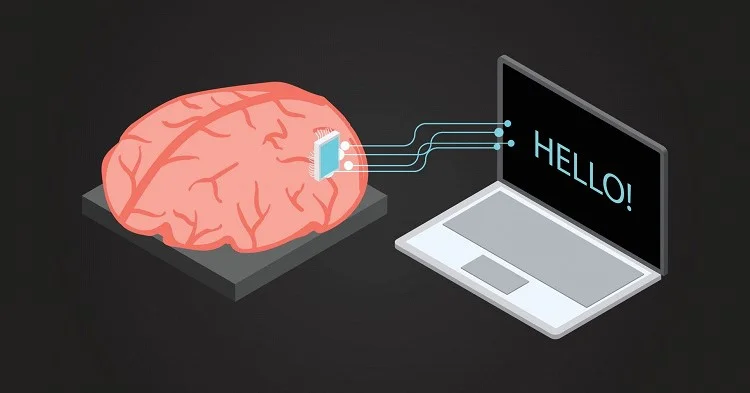Despite the advancement of technology, the human brain continues to be superior to computers in many ways. While computers can do mathematical calculations faster than humans, the human brain can process complex sensory information and adapt easily to new experiences. This ability is still unattainable for computers, and the human brain performs this task using only a fraction of the energy a laptop needs.
The structure of the brain greatly contributes to energy efficiency. Unlike computers, where memory and processing are separate entities and information must be transferred between them, neurons and synapses in the brain can store and process information simultaneously. This eliminates the need for constant data transfer, which can slow down computers when working with large amounts of information.
One possible solution to this bottleneck is new computer architectures modeled after the human brain. To this end, scientists are developing so-called memristors: components that combine data storage and processing, such as brain cells.
A research team from Empa, ETH Zurich and “Politecnico di Milano” has developed a memristor that is more powerful and easier to manufacture than previous models. The researchers recently published their findings in the journal Science Advances.
Efficiency thanks to mixed ionic and electronic conductivity
The new memristors are based on halide perovskite nanocrystals, a semiconductor material known for the manufacture of solar cells. “Haloid perovskites conduct both ions and electrons,” explains Rohit John, former ETH Fellow and PhD student at ETH Zurich and Empa. “This dual conductance allows for more complex calculations that are very similar to processes in the brain.”
The researchers conducted the experimental part of the study entirely at Empa: they produced thin-film memristors in the Thin Films and Photovoltaics lab and studied their physical properties in the Transport at Nanoscale Interfaces lab. Based on the results of the measurements, they modeled a complex computational task corresponding to the learning process in the visual cortex of the brain. The task involved determining the direction of light based on signals from the retina.
“As far as we know, only the second time such calculations have been made on memristors,” says Maxim Kovalenko, professor at ETH Zurich and head of the functional inorganic materials research group at Empa. “At the same time, our memristors are much easier to manufacture than before.”
This is because, unlike many other semiconductors, perovskites crystallize at low temperatures. In addition, the new memristors do not require complex pre-preparation due to the application of certain voltages required for comparable devices for such computing tasks. This makes them faster and more energy efficient.
Completes, does not replace
However, the technology is not yet fully ready for implementation. The ease with which new memristors can be made also makes it difficult to integrate them into existing computer chips: perovskites cannot withstand the temperatures of 400 to 500 degrees Celsius required to process silicon, at least not yet. But according to Daniele Ielmini, professor at the Politecnico di Milano, this integration is key to the success of new mind-like computer technologies.













